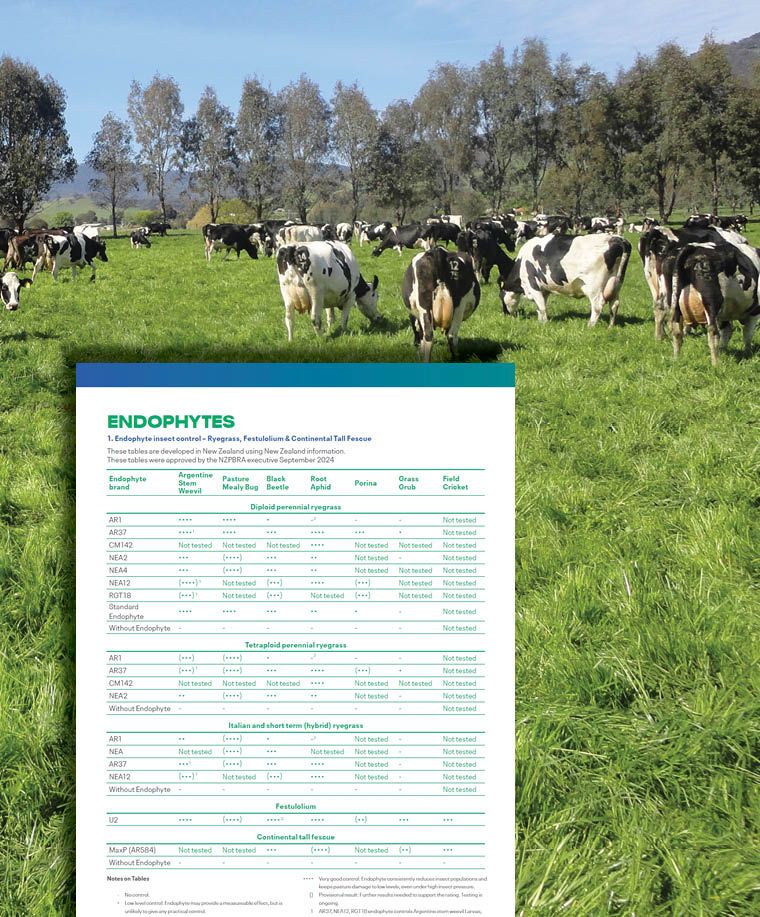Get in Touch
Contact Us
National team

Find Your Local Sales Agronomist
A diploid perennial ryegrass# which has been bred to suit a range of farming regions in southern Australia. Platform AR37 is a fine leaved, mid-late heading (+12) ryegrass with low aftermath heading enabling excellent pasture utilisation and quality late into the season.
The combination of high tiller density, resilient ryegrass genetics and AR37 endophyte means Platform AR37 displays strong persistence as well as the ability to provide excellent forage production across all seasons.
Also available AR1 endophyte.
Pasture seed sowing rate (sole): 20-25kg/ha
Pasture seed sowing rate (mixed): 15-20kg/ha

A diploid perennial ryegrass# which has been bred to suit a range of farming regions in southern Australia. Platform AR37 is a fine leaved, late heading (+12) ryegrass with low aftermath heading enabling excellent pasture utilisation and quality late into the season. The combination of high tiller density, resilient ryegrass genetics and AR37 endophyte means Platform AR37 displays strong persistence as well as the ability to provide excellent forage production across all seasons. Platform diploid perennial ryegrass# is also available with AR1 endophyte.
#Platform has been bred, selected and successfully tested as a perennial and will function as a perennial ryegrass. Due to a small number of tip awns, Platform is certified as Lolium boucheanum.
Platform AR37 perennial ryegrass# pasture seed can be sown at 20-25 kg/ha on its own or 15-20kg/ha with proprietary clovers for increased animal performance. Sowing depth is important as is the seed to soil contact, given that Platform AR37 is a small seed. Ensure that the depth of sowing is between 5 and 15mm for optimum establishment rate and early vigour.
If the seed is sown too deep, then the seed will be delayed in its establishment which then has an impact on other important management decisions such as weed control and timing, insect pest management and grazing timing.
Platform AR37 perennial ryegrass# will produce better under rotational grazing. Avoid hard set stocking during periods of stress (eg. droughts, low fertility and insect attack).
The first grazing should be a light grazing to encourage tiller development and secondary root growth. This shouldn’t take place until the plants can withstand the “pull test” which is a simple and fast way to identify if the plants have established well enough to handle grazing by an animal. The first grazing should be done with sheep or a light class of cattle and ensure that the ground is relatively firm, to minimise any potential damage that could be caused by the animals moving across the new pasture.
The first grazing is also a very important aspect of managing a newly sown pasture, especially if the pasture includes other species such as clover as it allows for light to be able to get down to the newly emerging clover plants for them to continue to grow and develop and be an integral part of the overall pasture for years to come.
AR1 is a novel endophyte with no known animal health issues
Pests controlled: Argentine Stem Weevil and Pasture Mealy Bug.
DLF Seeds: Leading endophyte experts with over 25 years experience and purpose built cold storage facilities to ensure live endophyte percentages are maintained
Minimum 700mm rainfall per annum unless irrigated

